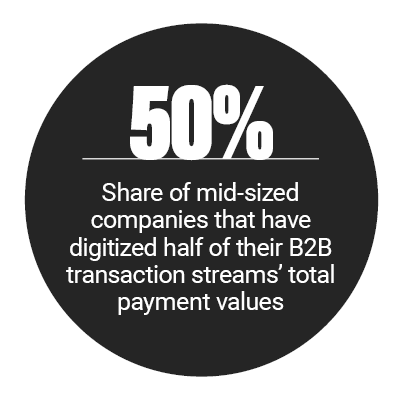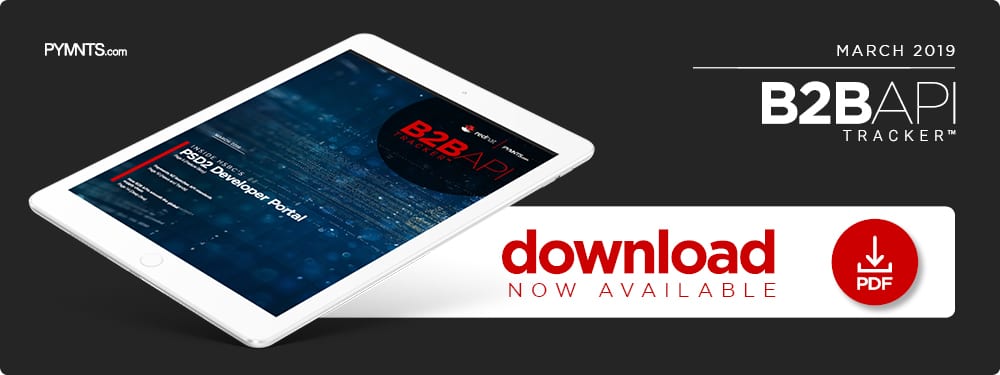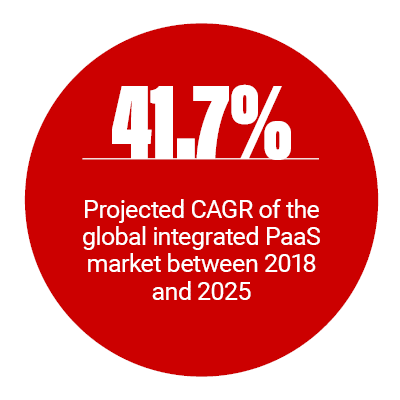Inside HSBC’s PSD2-Ready API Portal

In the ever-evolving financial ecosystem, financial institutions (FIs) and other payment players must continually revise their application program interface (API) approaches.
In the European Union (EU), banks had to prepare APIs in advance of the Revised Payment Services Directive (PSD2) deadline that hit this month. By March 14, they were required to launch developer APIs and sandboxes for testing ahead of the full PSD2 launch in September 2019. At the same time, companies continue to cope with rising cybersecurity fears in the wake of major data breaches, with many adjusting their API approaches accordingly.
The March “B2B API Tracker™,” sponsored by Red Hat, examines the various changes hitting companies, and how they are adjusting API strategies to address them.
Twitter, for one, is looking to avoid the beating Facebook’s reputation took in the wake of the Cambridge Analytica data scandal. Seeking to get ahead of similar scandals, Twitter aims to curtail suspicious activities by limiting how some of its APIs can be used. If a developer’s app uses Twitter’s API to mention a user or call up a user’s tweets more than 100,000 times a day, Twitter will now audit the app to identify if there is prohibited behavior taking place. It’s not all about security, however — if Twitter determines that there is legitimate business usage taking place with the API calls, it will charge as well.
Others are working toward tougher security, with Payments NZ, the organization governing New Zealand’s core payment system, releasing new API standards for account data and payment initiations. These standards are the first of their kind in the country, and are intended to facilitate the launch of new offerings.
 Meanwhile, telecommunications provider AT&T is launching its own API marketplace. The marketplace is intended to help businesses and developers create communications apps more quickly, and help companies embed services for near-real-time customer communications on their apps and websites.
Meanwhile, telecommunications provider AT&T is launching its own API marketplace. The marketplace is intended to help businesses and developers create communications apps more quickly, and help companies embed services for near-real-time customer communications on their apps and websites.
Read these and the rest of the latest headlines in the Tracker.
Inside HSBC’s PSD2 Developer Portal
The PSD2 deadline for a testing-ready developer portal arrived in mid-March, as FIs worked to prepare their APIs. FIs had to decide which APIs would be most useful to meet customer and third-party provider (TPP) needs, including friction-free access to customer data, while ensuring that no risk to that data security was introduced in the process.
In this month’s feature story, Nadya Hijazi, global head of digital, global liquidity, cash management and business banking at HSBC, explained how the bank designed its PSD2-ready API developer portal, and how she expects banking API use to evolve.
Find the full feature story in the Tracker.
 Deep Dive: How B2B APIs Smooth the Global Supply Chain
Deep Dive: How B2B APIs Smooth the Global Supply Chain
Keeping the global supply chains running smoothly is essential to operations. If a vendor’s production or delivery process gets tangled, and the buyer isn’t informed quickly, the end consumer will be hit with friction. Meanwhile, slow and inconvenient payment processes are a headache for both buyers and sellers.
This month’s Deep Dive explores how buyers and suppliers are turning to APIs to help them quickly share data about supply chain hiccups, and to offer swift and secure payment options.
To read the Deep Dive, download the Tracker.
About the Tracker
The “B2B API Tracker™,” powered by Red Hat, serves as a monthly framework for the space, providing coverage of the most recent news and trends, along with a provider directory that highlights the key players contributing across the segments that comprise the B2B API ecosystem.


